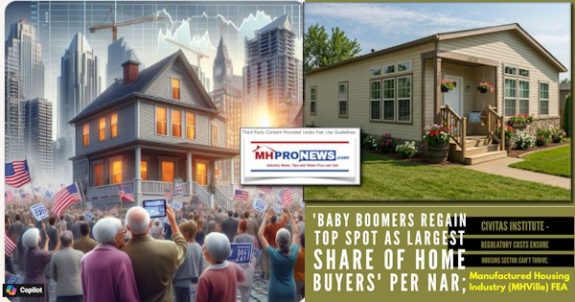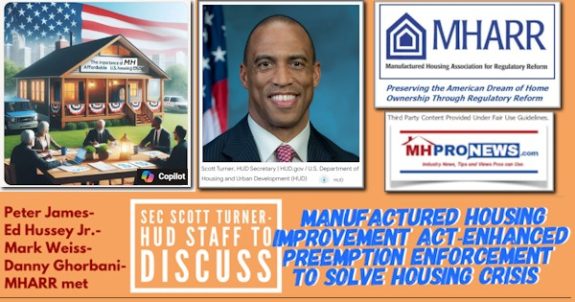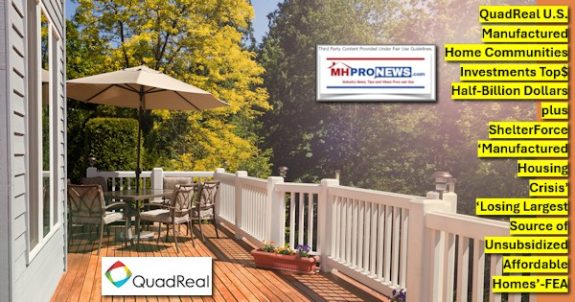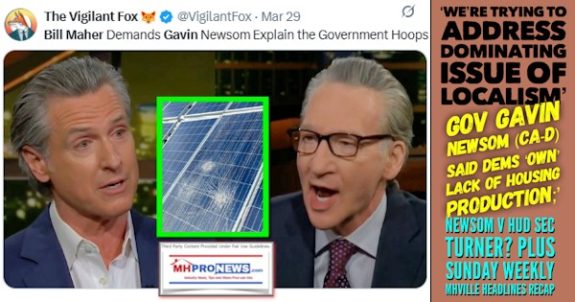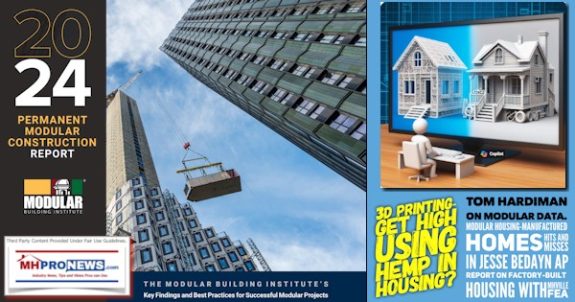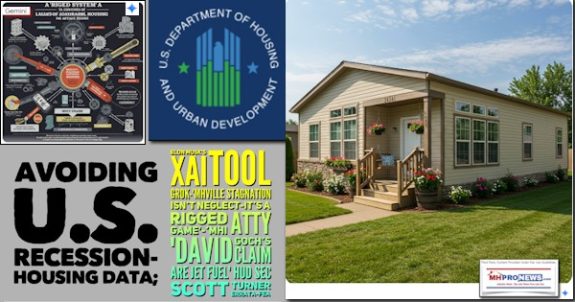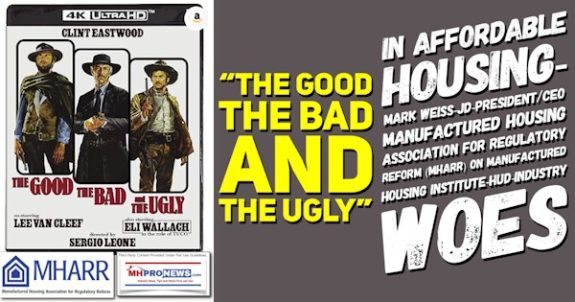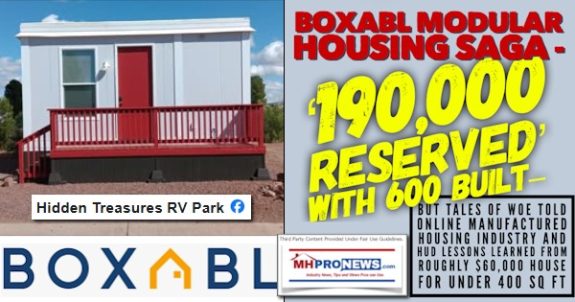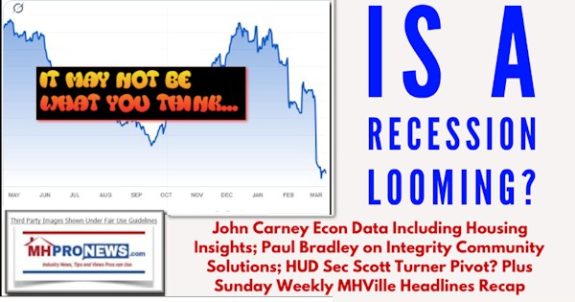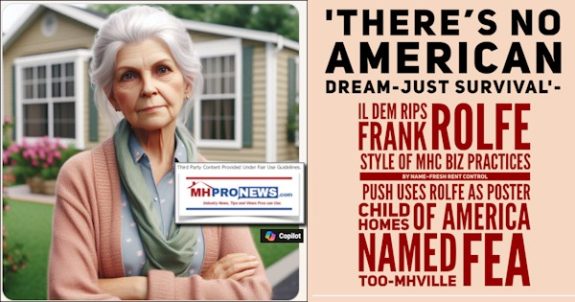Homebuilders Show a Bit More Confidence
U.S. home builders were more optimistic about the housing market in December due to an increase in interest from prospective buyers. The National Association of Home Builders/Wells Fargo builders sentiment index rose two points to 21, the highest level since May 2010. Still, any reading below 50 signals a negative outlook.
Congress Kicks NFIP Can Down the Road, Barely
A National Flood Insurance Program (NFIP) extension through May 31, 2012, was passed in a “minibus” bill on Dec. 19, but the legislation was not signed by President Barack Obama. Rather, a one-day extension designed to keep the government running passed and was signed by the president, and another bill keeping the government running was passed by Congress and signed into law as well. Sources indicate that the U.S. Senate will not include legislation extending the NFIP through Sept. 30, 2016, in any legislation to pay for the middle class tax cut, an extension of unemployment benefits, and stop a 27 percent cut in payments to doctors under Medicare that take effect on Jan. 1. The Senate wants to change the House NFIP long-term extension legislation, says insiders, and “the Office of Management and Budget knows that the Congressional Budget Office calculation that the House bill will reap $4.5 billion in savings over 10 years is dubious.”
30-Year Mortgage Rates Tie Low Mark
Average interest on 30-year fixed mortgages slipped to 3.94 percent in Freddie Mac’s latest survey, matching a record low reached in October. Rates on 15-year loans also landed at a record for the week, at 3.21 percent. Interest has held below 5 percent for virtually all of 2011, with the exception of two weeks, and analysts say even lower rates may be on the horizon. Long-term mortgage costs follow the 10-year Treasury yield, which is expected to drop next year.
Some Turning to More Affordable, Manufactured Housing
Many factors are driving people to move into manufactured housing, including the size of their existing home – often too large with grown children moved out — long lists for maintenance, higher taxes, and steep utility costs. New Hartford, N.Y., for example, has issued over 30 permits for manufactured homes this year — up from 17 in 2010 — while the number of permits for traditional homes has dropped. The number of manufactured homes placed nationally has fallen, but the recovery of the housing market might drive demand for this housing niche up, as people avoid larger homes and bigger mortgages. The Manufactured Housing Institute estimates that, on average, a manufactured home costs just over $60,000 compared to site-built homes that can cost in excess of $280,000. The organization’s 2010 report notes that about half of those purchasing manufactured homes are between 40 and 59 years old. “This offers a quality, affordable lifestyle for seniors,” says Nancy Geer, executive director of the New York Housing Association.
N.D. Oil Boom a Win-Win for 2 States
North Dakota’s oil boom has sparked such an influx of workers in the state that there is not enough housing to support all of them, prompting a secondary boom for the manufactured and modular home businesses in nearby Nebraska. There are no such providers at all in North Dakota or Iowa, only one in South Dakota, and just a few in Minnesota and Montana. Several modular and manufactured home builders — including Champion Home Builders — are located in Nebraska, however, along with roughly 15 inventory dealers. The general manager of Champion Home Builders in York, Neb., had to double his workforce in the middle of the year and might need to add even more in the beginning of next year. The demand for temporary multi-person housing in worker “man camps” and for four-bedroom homes has climbed so much that manufactured housing companies throughout Nebraska have either added to, or are planning to add to, their workforce. “There’s a big push with whatever developers and builders there are out there to be able to put up as much housing as fast as possible,” notes Scott Fletcher, national sales manager for Chief Custom Homes in Aurora. “That’s one of the reasons for us: we’re quicker.”
Manufacturing Plant to Open in 2012 in Johnstown, Employ 249
A Texas company is bringing a new modular housing plant, and about 250 jobs with it, to Johnstown, Colo. Houston-based Oil States International Inc. has purchased an existing local manufacturing facility, which it plans to reopen early next year. Production will begin by mid-2012 on the modular housing, which will be used to shelter oil and natural gas workers at remote sites in the United States and Canada.
Ownership of Manufactured Home Community Changes
An affiliate of Texas-based AMC Manufactured Communities has paid nearly $20 million to acquire Countryside Village in Longmont, Colo. Formed just this year, AMC REIT reportedly has invested in 16 manufactured housing communities nationwide. The Countryside Village deal, valued at $19.85 million, adds 38 manufactured homes to its portfolio. The asset was purchased from Long Field Woods, which is affiliated with Chicago-based Hometown America Communities.
ELS Announces Closings on Seven Properties
Equity LifeStyle Properties Inc. (ELS) has closed on seven more properties included in a larger portfolio of 76 assets that it is acquiring for a total cost of $1.43 billion. The cost of the Dec. 8 transaction was roughly $99 million and covered certain manufactured homes as well as loans secured by manufactured homes. ELS has now closed on 75 of its acquisition properties since July 1, 2011, and is continuing to conduct due diligence on the last property in the portfolio. The company, which owns or has a stake in 382 properties in the United States and Canada, could not say when it expects to close on that last asset.
Sun Communities Declares Fourth Quarter 2011 Dividend
The real estate investment trust Sun Communities Inc. recently announced that its fourth-quarter 2011 dividend will be $0.63 per share. The dividend is payable on Jan. 20, 2012, to shareholders on the record as of Dec. 30, 2011. Sun Communities owns and operates more than 150 manufactured housing and recreational vehicles communities encompassing nearly 55,000 developed sites.
Modular Houses Go Upscale With Custom Features and Affordable Prices
The green, energy-saving construction form known as modular housing has numerous advantages over stick-built versions, including faster manufacturing and no exposure to the elements during the building process. Modular houses also can be customized for much less than stick-built homes that can easily cost $200 per square foot. Modular homes can also be built to suit the climate and weather — with features such as higher wind resistance, sturdier walls, extra-large hurricane clips, and foundation rods — while still including upscale touches like quartz counters, heated ceramic bathroom floors, tankless water heaters, hardwood floors, and gas fireplaces. All of these were included in a custom modular home built by a company in Middleburgh, Pa., Professional Building Systems, for $110 a square foot. Modular builds are designed to be green-ready, with only a few modifications needed during onsite assembly to meet certification requirements; and all are built to meet code for the city or county in which they will be placed, as well as being designed to travel to the site without suffering and damage.















